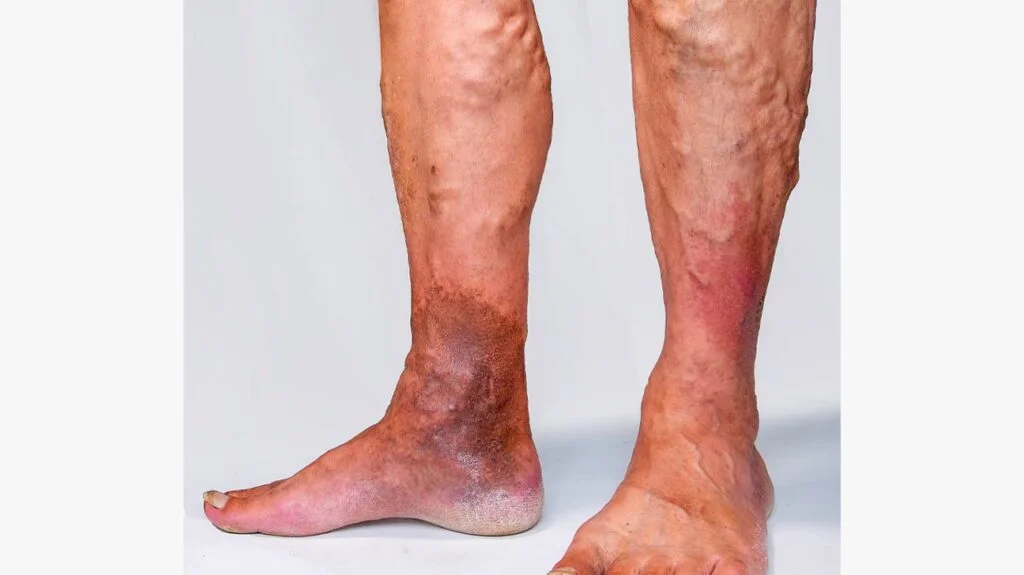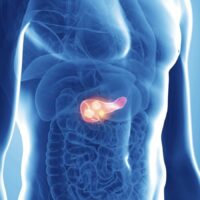Brussels (Brussels Morning Newspaper) – Varicose veins are caused by the enlargement of the veins in the leg. The most common type of varicose veins is deep venous thrombosis, which is a blood clot in a deep vein. As the name suggests, deep venous thrombosis is a deep-seated clot in a deep vein. About one in four people over the age of 50 will develop deep venous thrombosis, and the risk increases with age. If left untreated, deep venous thrombosis can lead to pulmonary embolism, a life-threatening condition. A clot in a deep vein blocks the flow of oxygenated blood to the lungs.
What Are Varicose Veins?
Varicose veins are common veins that become enlarged and twisted due to their location. They are located right below the skin’s surface. Veins become more visible and can cause pain and discomfort. When the person moves, exercises, or gets up from a seated position the person feels pain.
There is no one-size-fits-all answer to treating varicose veins. However, exercise can help to improve blood flow and reduce the risk of varicose veins recurring. This is because exercise helps to increase the volume and strength of the veins. This reduces the risk of them becoming enlarged and twisted.
Varicose veins are caused by the expansion of the veins in your leg as they become enlarged and filled with blood. This can happen as a result of many factors, including age, obesity, and high blood pressure. But there is good news. The varicose vein treatment like varicose veins exercise can help to reduce the size and severity of varicose veins. Regular exercise can help to prevent them from forming in the first place.
The good news doesn’t stop there. Exercise also helps to improve your overall vascular health. This means that exercise can reduce the risk of developing other conditions, such as heart disease, stroke, and DVT.
Exercising regularly should be part of a plan to help reduce the risk of varicose veins, regardless of a person’s age, sex, or weight. The following are some tips for getting started:
- Start with easy exercises that you can do at home without equipment.
- Gradually increase the intensity and duration of your workouts as you become more comfortable.
- Avoid extremes in exercise – don’t overdo it, and don’t do too much at once.
- Drink plenty of fluids throughout the day to keep your body hydrated and your veins healthy.
- Take ibuprofen or other pain relievers before and after your workouts to help reduce any pain or discomfort.
Which Type Of Exercises Can Help To Treat Varicose Veins?
Exercise can help to reduce the risk of developing deep venous thrombosis. Regular exercise helps to increase the flow of blood and reduce the risk of blood clots. The type of exercise you choose is important. Moderate-intensity exercise, such as leg lifts, walking, running, and biking. It is the best type of exercise for reducing the risk of deep venous thrombosis and make the leg muscles strong. Resistance exercise, such as weightlifting, is also beneficial. It is not as effective as moderate-intensity exercise in reducing the risk of deep venous thrombosis.
How Exercise Can Help Reduce The Risk Of Varicose Veins?
Varicose veins are a condition where the veins in your legs become enlarged and distorted. This can cause leg pain, difficulty walking, and even blood clots. Some studies have shown that regular exercise can help reduce the risk factor of varicose veins.
Exercise can help reduce the risk of varicose veins by improving your blood circulation. The more blood that flows through your veins, the less likely you are to develop varicose veins. Exercise also strengthens your leg muscles, which can reduce the risk of leg pain.
If you have varicose veins, you should start by gradually increasing your activity level. You can start by walking more often and adding some light aerobic exercise to your routine. If you are already active, you can try adding some strength training to your routine. This will help to increase the blood flows in the veins.
If you are having difficulty walking, you can try using a walking stick or a wheelchair. People suffering from this condition feel difficulty getting up from a seated position. You can try using a cushion to help you rise. If you are feeling pain in your legs, you should see a doctor.
The Effects Of Exercise On Varicose Veins
Developing Varicose veins can be quite a nuisance, but with the right treatment and exercise, they can be managed. The effects of exercise on varicose veins are numerous and can include reduced risk of hypertension, stroke, heart attack, and even death.
Exercise has been shown to improve the overall health of the person, including their cardiovascular system. It has been even shown to help varicose veins and improve blood circulation. There are a few key things to keep in mind when it comes to exercise and varicose veins, though.
First and foremost, make sure you consult with your doctor before beginning any type of exercise. This is especially important if you have any health conditions that could be exacerbated by increased activity. Second, always stay hydrated while exercising.
This means consuming plenty of water, juice, and sports drinks. Third, make sure the intensity of your exercise is appropriate for your level of fitness. If you’re not used to a lot of activity, start with shorter, easier workouts. Increase the intensity as you become fitter.
Read More: Popularity Of Online Fitness Classes: What Are People Looking For In Online Fitness Classes?
How To Relieve Varicose Veins With Exercise?
Varicose vein disease is the result of the valves in the veins becoming stiff and swollen. This can cause the veins to become enlarged and twisted. This can cause pain, difficulty walking, and in extreme cases, ulcers.
There is no one-size-fits-all answer to treating varicose veins, as the best treatment will depend on the individual’s circumstances. First and foremost, exercise is a great way to reduce stress levels. Exercise can help to release endorphins, which are natural painkillers, and can reduce the risk of varicose veins developing in the first place.
It can also help to increase blood flow to the veins. Finally, exercise can also help to reduce the amount of fluid that accumulates in the veins. This can help to reduce the risk of varicose veins developing in the first place.



